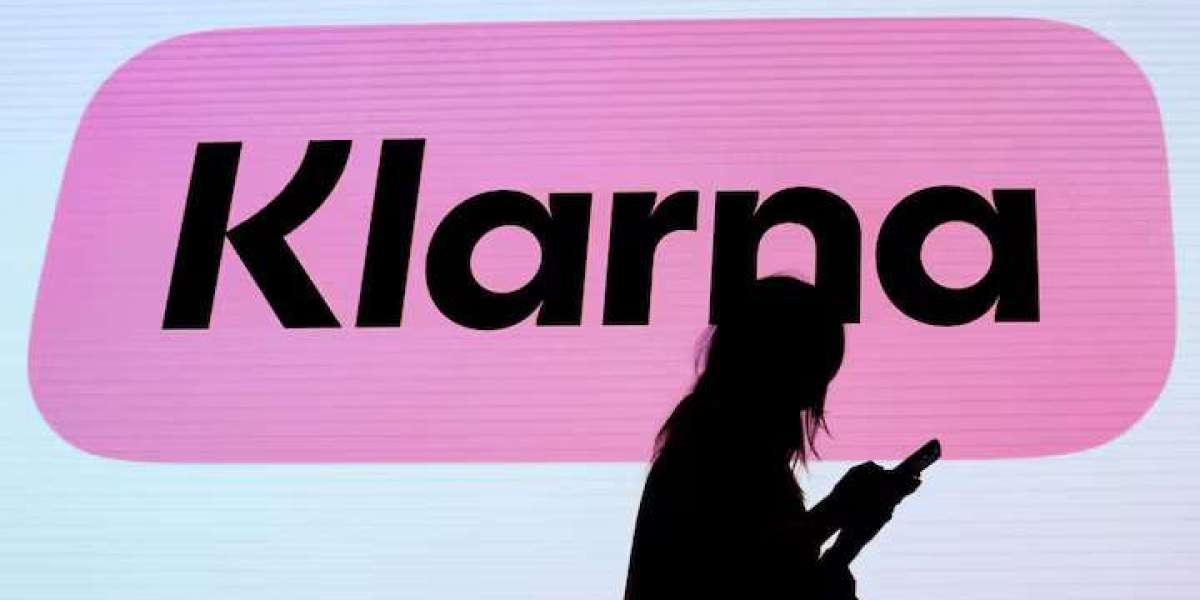article image source: reuters.com (Link)
Klarna Enters the Stablecoin Arena with KlarnaUSD
As digital payments continue to evolve at rapid speed, Swedish fintech giant Klarna has announced a significant step into the world of digital assets. The company revealed plans to launch KlarnaUSD, a U.S. dollar-backed stablecoin, marking a major strategic expansion beyond its well-known buy-now-pay-later services.
advertisement
A Stablecoin Built for Practical Use
KlarnaUSD is currently in testing and is expected to go live on the mainnet in 2026. According to Klarna, the token will be fully backed by the U.S. dollar, following the broader industry practice of linking stablecoins to traditional fiat currencies to maintain consistent value.
Stablecoins have grown in popularity, particularly among crypto users who need a less volatile asset to move funds or perform transactions. Klarna aims to take this concept further by designing KlarnaUSD specifically for everyday payments and cross-border transfers, emphasizing speed and lower costs compared to traditional banking.
Technology Behind the Coin
The stablecoin will operate on Tempo, a blockchain created by Stripe in collaboration with crypto investment firm Paradigm. This positions KlarnaUSD within a growing ecosystem of payment-oriented blockchains designed to support fast and scalable transactions.
A Trend Among Major Payment Providers
Klarna’s entry into stablecoins follows similar moves by industry players. PayPal launched a dollar-backed token, and Stripe introduced its own stablecoin after acquiring crypto firm Bridge for $1.1 billion.
This wave of adoption reflects a broader shift in the payment industry as companies seek to integrate blockchain solutions for competitive advantage.
Regulatory Tailwinds
The timing may also be strategic. Regulatory frameworks like the GENIUS Act in the United States and MiCA in Europe are advancing, offering clearer rules for digital asset issuers. Klarna, like others in the space, could benefit from this emerging regulatory clarity.
Interestingly, CEO Sebastian Siemiatkowski—previously a vocal skeptic of crypto—now views the technology as ready for mainstream use, citing improvements in cost, security, and scalability.
Sources
Reuters – Klarna to launch dollar-backed stablecoin
https://www.reuters.com/business/finance/klarna-launch-dollar-backed-stablecoin-race-digital-payments-heats-up-2025-11-25/
Thank you !









